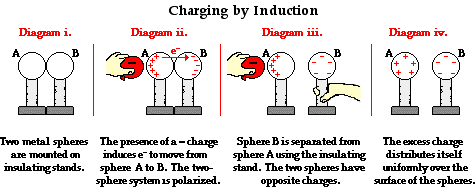To understand how a wind turbine generator works, one must first understand the importance of the coils of wire and the magnets. After making the wire into a thick coil and aligning the four magnets on the shaft correctly, this creates a magnetic field which is what actually produces the voltage. Once the fan blades are powered by the fan blowing on it, the turbine will actually generate a voltage.
Materials-
If someone where to recreate our turbine, they would need the following materials. PVC pipes for main unit of turbine, wood sheet for base, wood dowel for shaft, four magnets, copper wire, and a fan blade to attach to the shaft. We put the four magnets around the shaft, taking note of which direction they should be facing. We put the coil of wire above the magnets so that it would create a magnetic field between the two. We then put the fan blade on the end of the shaft so that it would catch the wind when the fan blew on it.
Results and Discussion/Tips-
There were many different factors that led to the amount of voltage induced. First of all, friction is a big factor in how much voltage you will produce. If you want a higher voltage, try to make the friction as minimal as possible. However, you can also increase the voltage by having more coils or by making the one coil thicker. At first, our coil wasn't working so we had to make it thicker. This ended up helping significantly and allowed our turbine to actually produce a voltage. At first we tried making our own fan blades out of cardboard, but it ended up not working too great so I luckily found a small fan blade which we ended up using. My one most important piece of advice is to not procrastinate and actually get your turbine done. My group and I finished early so we were relaxing while other groups were rushing to finish their turbines. Good luck.



